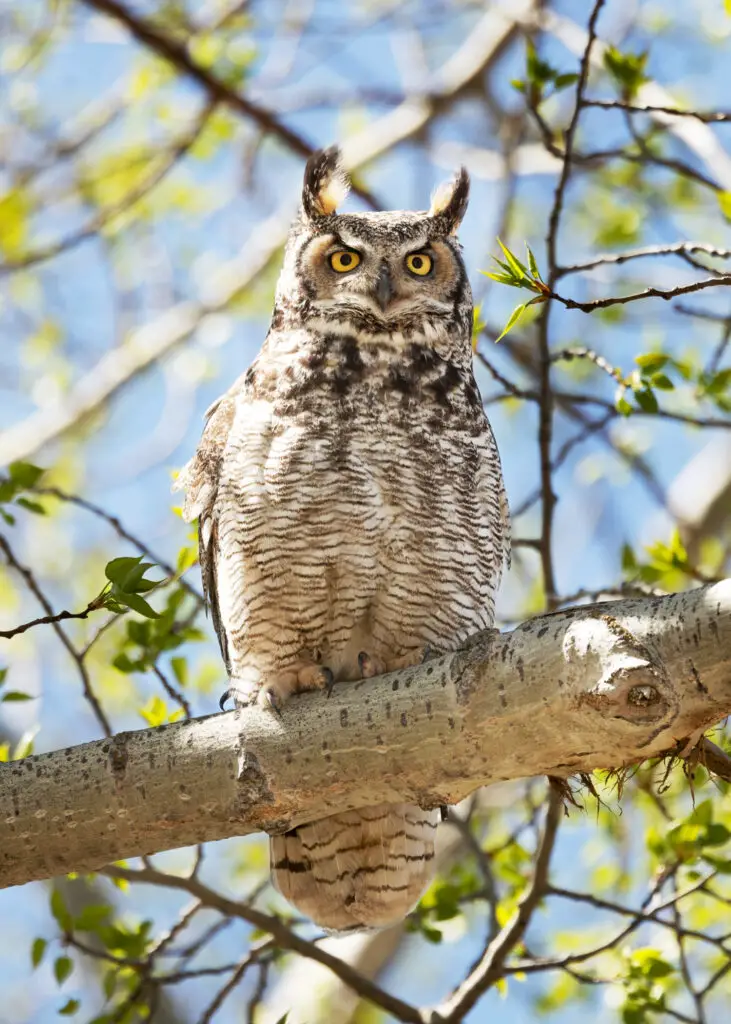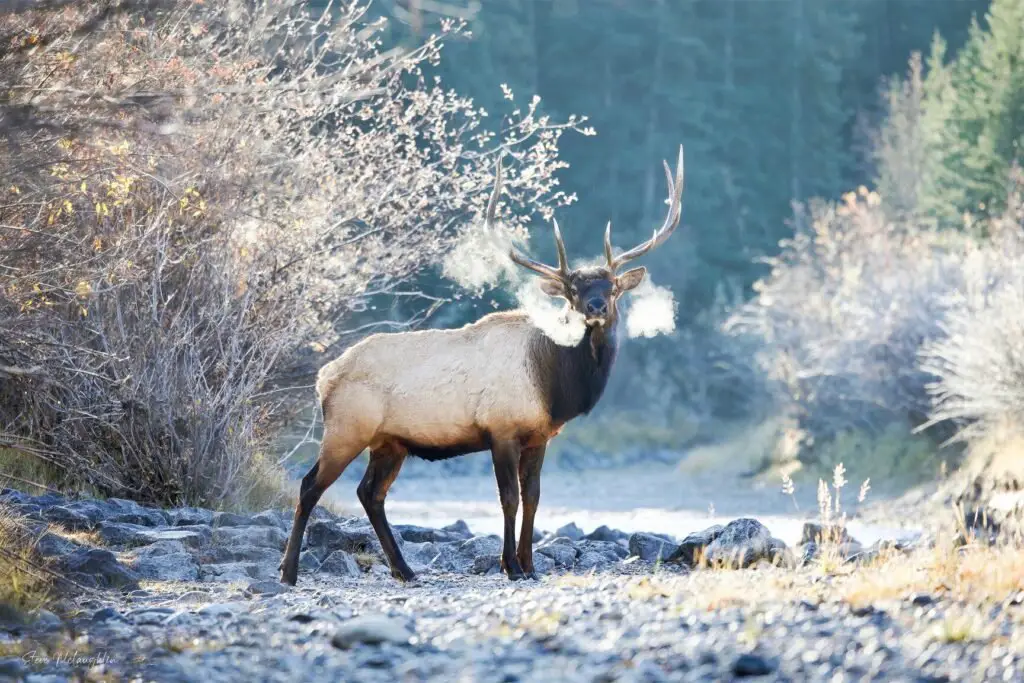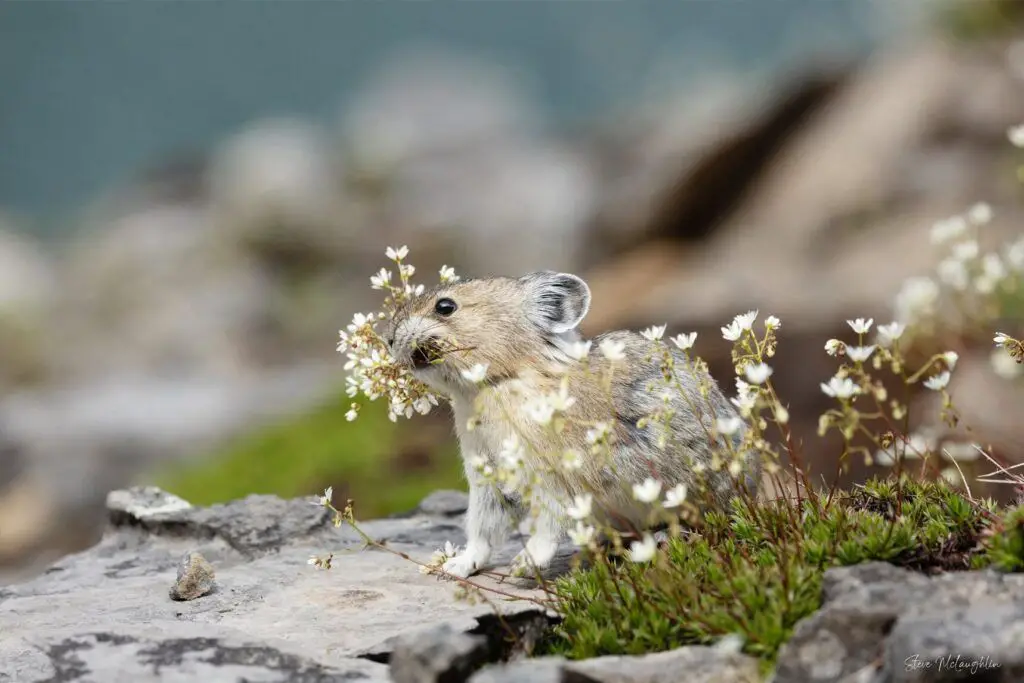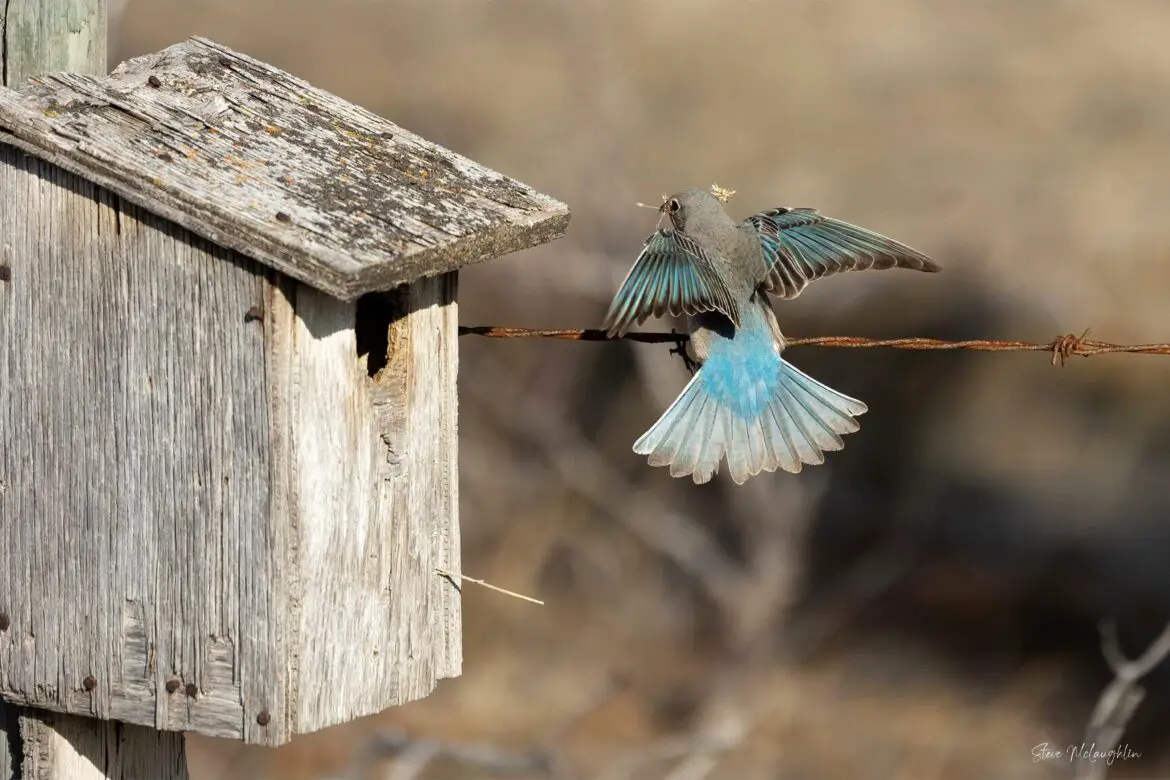Wildlife photography is a captivating art form that allows us to connect with the beauty of the natural world and its inhabitants. But with great power comes great responsibility. Ethical wildlife photography involves not just taking Instagram-worthy shots but also ensuring the welfare of the subjects and their environment. In this article, we’ll explore the principles and practices that define ethical wildlife photography and how to approach it in a way that is both inspiring and responsible.
Table of Contents
Understanding Ethical Wildlife Photography
Why Ethics Matter
Ethical wildlife photography goes beyond just aesthetics. It ensures that photographers respect the rights of animals and their ecosystems. By adhering to ethical principles, photographers help protect the environment and contribute to conservation efforts.
Impact on Wildlife
Inadequate ethical practices can disturb and harm wildlife. Understanding the consequences of unethical photography is essential to make a change for the better.
Guidelines for Ethical Wildlife Photography
Respecting wildlife means keeping a safe distance, avoiding disturbance, and not infringing on their natural behaviors. Here are some rules of thumb for respecting wildlife:
| Do’s | Don’ts |
|---|---|
| Observe from a distance | Approach too closely |
| Use long lenses | Use flash photography |
| Blend into the environment | Feed or touch the animals |
| Prioritize animal welfare | Stress or harass the subjects |
Observing From a Distance

We often hear that one of the most important ethical considerations is observing animals from far enough away so as to not disturb them. So why is it so important to give wild animals their space?
- Habituation: Approaching wildlife too closely can habituate them to human presence, making them less fearful and more comfortable around people. This may sound harmless but can have negative consequences for the animal in question. Habituated animals can become bolder, often putting themselves at risk by approaching humans or human-provided food sources. Predators can even be emboldened into attacking.
- Natural Behavior: Keeping a safe distance allows animals to behave naturally, and this is what wildlife photographers ideally aim to capture. When animals feel undisturbed, they are more likely to exhibit their natural behaviors, making for more authentic and captivating photographs.
- Disrupting Natural Routines: Venturing too close to animals can disrupt their natural behaviors and potentially scare them away from their most appropriate food sources.
- Mating Seasons: During mating seasons, animals may act more hormonally, and getting too close to them can disturb their delicate courtship and breeding behaviors.
Observing wild animals from a distance prioritizes the welfare and conservation of animals, maintains the integrity of their natural behaviors, and results in more authentic and compelling photographs.
Certain species are more sensitive than others to human presence. In general, if you’re noticing the animal reacting to your presence, you’re too close.

This image was taken with a 100-500mm lens from a bridge quite far away.
Using Long Lenses
This might mean investing in zoom lenses and lens extenders to help you get optically closer to animals without being physically close to them. For specific recommendations, check our photography kit page:
Never Feed or Bait Animals
Feeding or “baiting” animals is a controversial practice that some photographers may be tempted to use to attract wildlife for a better shot. This practice raises significant ethical concerns and should be avoided by ethical wildlife photographers for several reasons:
- Long-Term Harm to Wildlife: When animals become accustomed to human-provided food, they may become overly reliant on it, disrupting their natural foraging behaviors. This reliance on human-provided food can lead to malnutrition and dependency, making the animals less self-sufficient and more vulnerable in the wild.
- Altered Behavior: Animals that are regularly fed by humans can develop unnatural and potentially dangerous behaviors. They may lose their fear of humans, which can lead to risky encounters for both animals and people.
- Health Risks: Feeding wildlife food that isn’t present in their natural diet can have health risks as well.
- Environmental Impact: Feeding one species of wildlife will have impacts all the way up the food chain, affecting a wider environment than we may have thought.
Avoiding the practice of feeding or baiting animals helps maintain the integrity of the natural world and the safety of both humans and animals.
Don’t Call Out to or Startle the Animals

Most animals will be aware of your presence. Even if you do stay far enough away, they will look towards you at some point. A little patience will, more often than not, still give you the shot you want.
Avoid Flash Photography
Flashes are highly unnatural and can be very disturbing towards animals in their natural habitat.
This poses a challenge because most animals are most active around dawn and dusk, when there isn’t an abundance of light. Many also prefer to stay under the cover of trees and rocks, rather than out in the open where the light is freely available.
Rather than using flash:
- Take advantage of your camera settings. Slow your shutter speed and raise your ISO as high as it will go without degrading image quality. Using a tripod, and turning on burst mode will often leave you with more “keepers” in a series of shots, even at slower shutter speeds.
- Shoot your photos in RAW format and brighten them in post processing. Many modern cameras and editing software will afford you an extra 2-3 stops before the image quality degrades.
- Invest in a lens with a large maximum aperture to let more light in. These lenses are typically heavier and more expensive, but sometimes a necessity in wildlife photography.
- Wait for the animal to move into more favorable lighting, or come back another day.
Leave no Trace
Respect the environment as well as the wildlife by leaving nothing that wasn’t there to begin with. Bring a plastic bag with you so you can take any food wrappers, etc. back home with you.
Be Aware of Park Regulations
If you’re photographing in a National Park like Banff, Jasper or Kananaskis, research regulations or permits before you travel. Check the trailhead before you head out for any area closures.
Conservation Awareness
Ethical wildlife photographers act as advocates for conservation. By promoting awareness of endangered species and fragile ecosystems, they play a crucial role in conservation efforts.
Patience and observation
One of the key virtues of wildlife photography is patience. Photographers can spend time observing and waiting for the right moments to capture natural behaviors and interactions.
Understanding animal behavior

A deep understanding of the behavior of the wildlife being photographed is invaluable. Knowing the species’ habits, movements, and routines can help photographers anticipate their actions and be prepared to capture remarkable moments.
The more you observe animals, the more interesting – and surprising! – things you’ll learn about them.
The Ethics of Editing
Balancing Reality and Art
While post-processing is a part of photography, ethical wildlife photographers must strike a balance between enhancing their shots and representing the true nature of the subjects and their environment.
Even in our photography, it can be tough to find the right balance. Generally we will remove small, distracting elements like a stick in the way or a loose hair from in front of an eye. One question that is more challenging to answer is to remove identification tags and tracking collars in post production, or not?
These are questions that each photographer should answer for themselves.
Avoiding Misrepresentation
Avoid altering images to the point where they misrepresent reality. Authenticity is especially important in wildlife photography and portraying animals in our natural world.
The Role of Wildlife Photographers
Wildlife photography is a fun and challenging pastime that can bring us closer to our natural world. It can also benefit animals by bringing awareness to their beauty, environment, and their challenges.
Conservation Advocacy
Ethical wildlife photographers often become advocates for conservation causes. They use their images and stories to inspire people to protect wildlife and their habitats.
Education and Awareness
By sharing their knowledge and experiences, wildlife photographers educate the public about the importance of ethical practices and wildlife conservation.
Conclusion
Ethical wildlife photography is a harmonious blend of art and responsibility. By following ethical guidelines, photographers can capture stunning moments in the wild while ensuring the well-being of the subjects and their environment. Ultimately, it is through the lens of ethical wildlife photography that we can inspire change, protect nature, and appreciate the profound beauty of the natural world.
Being an ethical wildlife photographer means being respectful of the environment and the animals that inhabit it. It involves following a code of conduct that prioritizes the welfare and conservation of humans, animals, fungi, plants, as well as the integrity of the landscapes and waterscapes in which photographers work.
